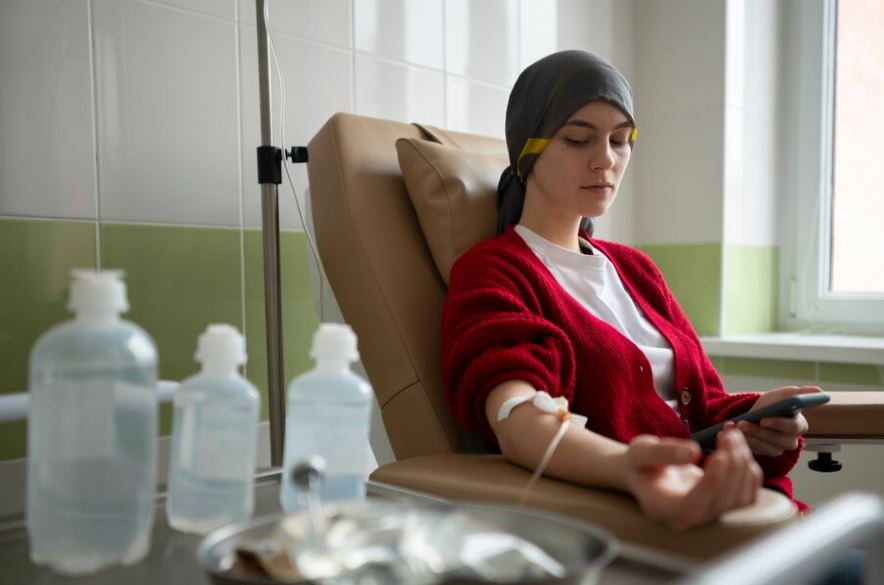
Millions of lives have been plagued by sickle cell anemia for generations; it is unpredictable, excruciating, and unrelentingly difficult. However, that cloud is starting to clear today. The goal of treatment is now to thrive rather than just survive, thanks to a surge of groundbreaking research and patient-centered care.
Treatments have advanced dramatically in recent years, transforming previously unthinkable options—such as stem cell transplants and gene editing—into viable, doable avenues for healing. Imagine a disease that was once thought to be incurable being treated with instruments so potent that they can even fix the genes that cause it. This is the new face of treatment for sickle cell anemia.
| Treatment Type | Description | Effectiveness | Age Group | Reference |
|---|---|---|---|---|
| Hydroxyurea | Oral medication reducing sickling, pain crises, and hospital visits | Remarkably effective for all ages | Infants (9+ months), teens, adults | NHLBI – NIH |
| L-glutamine | Powdered supplement helping reduce frequency of crises | Particularly beneficial for ages 5+ | Children and adults | Mayo Clinic |
| Crizanlizumab | Monthly IV that prevents red cell adhesion and reduces pain | Notably improved crisis prevention | Ages 16+ | Johns Hopkins |
| Blood Transfusions | Replaces sickled cells with healthy donor red blood cells | Extremely reliable in preventing stroke and treating anemia | All age groups | Cleveland Clinic |
| Stem Cell Transplant | Replaces faulty marrow with healthy donor stem cells | Curative for ~90% of matched children | Primarily children | NHS UK |
| Gene Therapy | Edits patient’s DNA to produce healthy red blood cells | Highly promising; curative in early cases | Adolescents and adults | NIH.gov |
Little Tablets, Huge Effects: The Development of Therapeutic Drugs
Hospital visits for 10-year-old Ava from Georgia decreased from monthly to possibly once a year after she started taking hydroxyurea. This medication is more than just a prescription for families like hers; it’s a source of comfort. Hydroxyurea prevents red blood cells from sickling by raising fetal hemoglobin, which keeps oxygen flowing and pain at bay.
Other medications, such as voxelotor (which was recently discontinued but was once thought to be helpful) and L-glutamine, provided fresh weapons in the fight. Additionally, crizanlizumab, administered once a month via intravenous drip, functions as a molecular peacekeeper by averting painful blood vessel blockages and inflammation.
Transfusions Can Save Lives, But There Are Risks
Consider a blood transfusion as the patient’s circulatory system’s reset button. Physicians can treat acute chest syndrome, prevent strokes, and lower the frequency of crises by substituting flexible donor cells for sickled ones. For many children, the treatment is what keeps them out of the ER and in school.
However, transfusions also present difficulties. Donor scarcity, immunological responses, and iron overload are persistent problems. Transfusions are still a very effective treatment option, even with improved matching and iron chelation medications.
Transplanting Stem Cells: A Progress in Curative Medicine
Stem cell transplants seek to reconstruct the story of sickle cell disease from the ground up, if it were a tale of broken roots. The body starts generating normal red blood cells when healthy donor cells are used to replace the patient’s bone marrow. The catch? It requires a sibling who is genetically matched and is most effective in children.
The outcomes are remarkably encouraging in spite of the risks, such as infertility or graft-versus-host disease. More than 90% of matched pediatric cases have been cured. That isn’t a therapy. It’s another chance.
Editing Away the Pain with Gene Therapy
Gene therapy may increase the frequency of the word “cure” in sickle cell discussions in the years to come. This trend is being driven by two FDA-approved treatments, lovo-cel and exa-cel. They produce healthy, round red blood cells that don’t sickle at all by adding or changing genes in the patient’s stem cells.
Your body responds as though you’re telling it to stop malfunctioning. Even though access is still restricted and costs are still high, these treatments provide a long-needed long-term pain relief.
Advocacy, Access, and Hope
Even though these treatments are sophisticated, they won’t be useful if they are out of reach. This is why it is more important than ever to advocate globally, reform policies, and provide equitable healthcare. To close access gaps, governments and hospitals must collaborate, particularly in areas with the greatest need, such as Sub-Saharan Africa.
Through the integration of precision medicine, community support, and innovative funding models, sickle cell anemia is now being viewed as a challenge to overcome rather than just a condition to manage.
Not only is healing possible, it is actually occurring.
The sickle cell therapies of today are more than just procedures; they are avenues for hope. Every alternative—whether it be monthly pills, innovative genes, or donated stem cells—brings us one step closer to a future in which this illness is not a source of fear.
Sickle cell anemia is emerging as one of science’s biggest comeback stories in the field of genetic discoveries. And that return feels not only long overdue, but finally attainable for the millions impacted.
